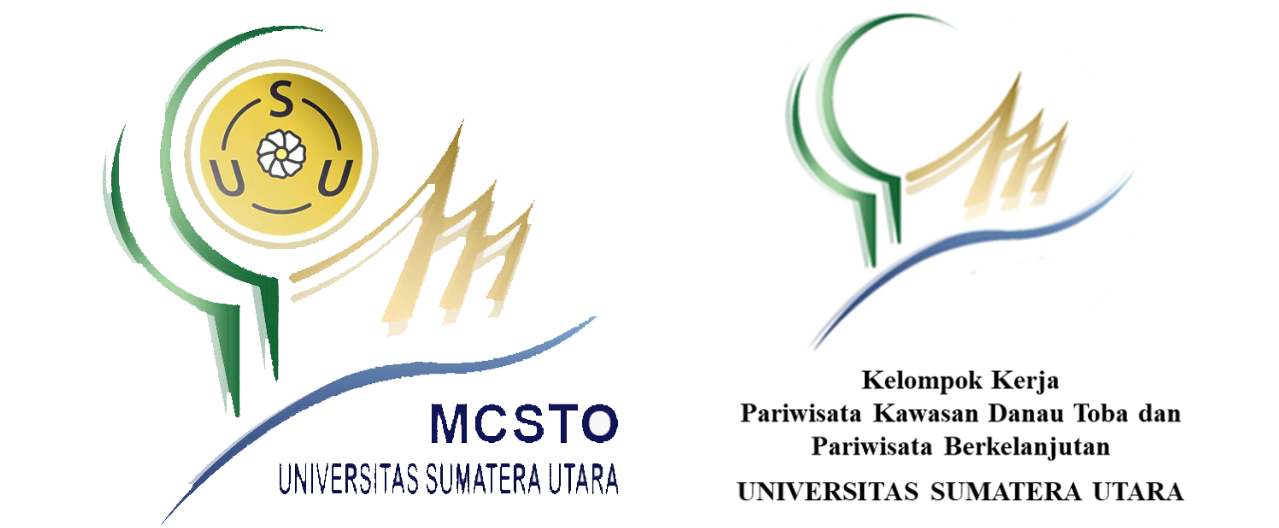BERASTAGI HOTEL RESORT DESIGN (NEO-VERNACULAR ARCHITECTURE DESIGN APPROACH)
DOI:
https://doi.org/10.32734/koridor.v10i1.1380Keywords:
architecture, Berastagi, hotel resort, Siwaluh Jabu, neo-vernacularAbstract
Berastagi is one of the tourist destinations in North Sumatera. The increasing number of tourists visiting and lodging is lacking. Therefore adequate it is required for the convenience of tourists. Hotel Resort Berastagi can accommodate so that the tourists who stay in Berastagi can feel and enjoy the beauty of Berastagi. The methodology used is collecting data by field survey, interview, literature, and comparative study. The results of the analysis will be processed into design and planning concepts in measurable working drawings. With a three-star hotel classification, the number of rooms is 100, and five different types of them can accommodate the visitors. The hotel also allows recreational facilities that are comfortable and appealing for them such as, swimming pool, meeting areas, and sports Centre areas. Addition, to enjoying the beauty of Berastagi, this hotel is also allowed to introduce the charm Karo Tribe culture. To keep the cultural tour, the hotel applies the theme of Neo-Vernacular Architecture. The concept used is from the Siwaluh Jabu Traditional House, namely the Karo House which is designed to keep up with the modernization of the current era so that it is not considered outdated. By applying the theme, This Hotel is expected to preserve local culture. Other than that the hotel can provide a special attraction for the tourists who visit Berastagi.












